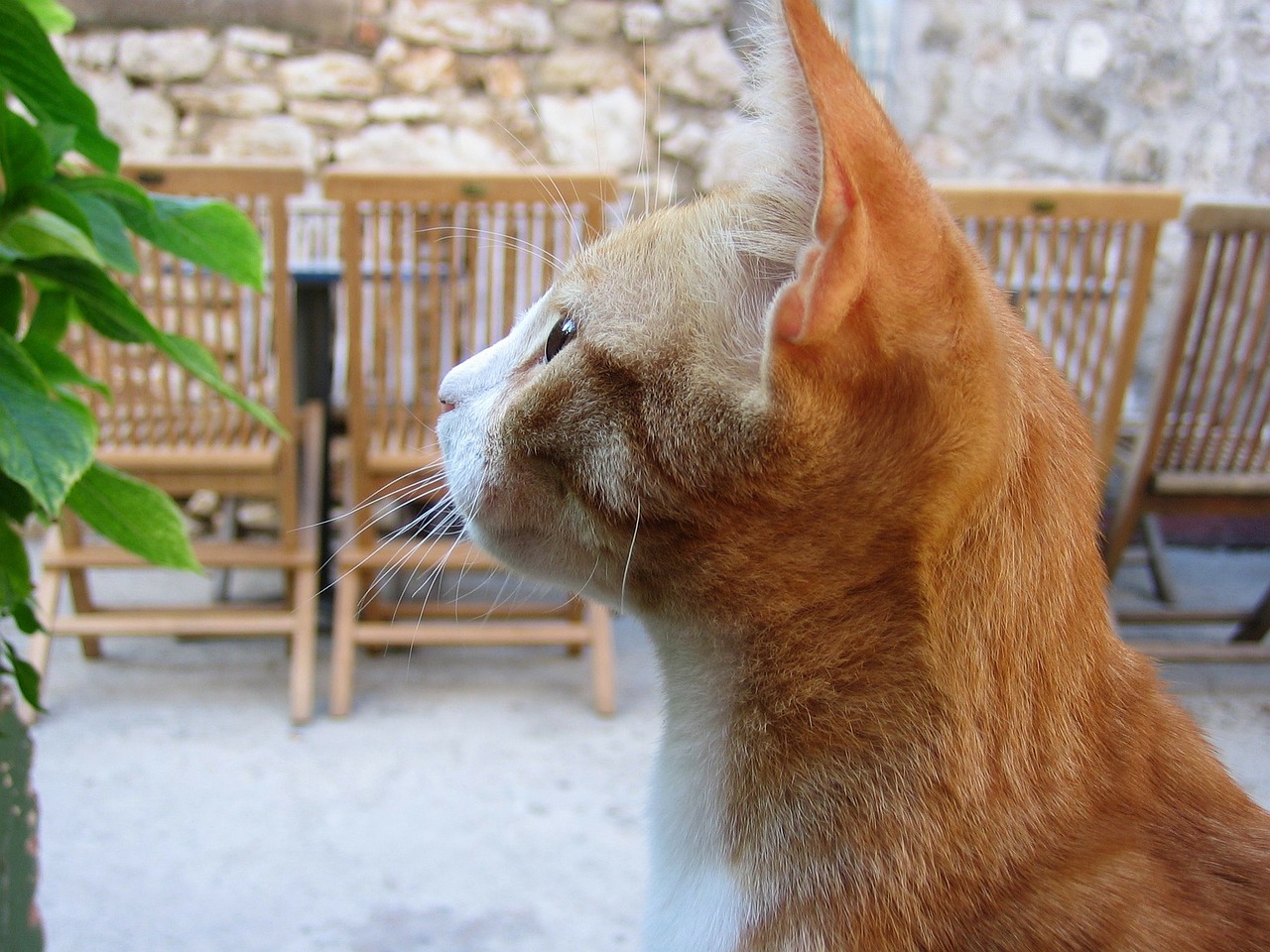A new study shows that humans are not the only species capable of applying science to real-life situations. Cats do, as well, reports the Tech Times.
As it turns out, the keen sense of hearing cats have and the way they apply basic laws of physics and the principle of cause and effect allows felines to hunt for prey.
Researchers in Japan conducted an experiment to test whether cats can tell if there was something in a box based on the sound produced when the box was shaken. The researchers also wanted to know if cats anticipate an object to fall from a box when the box is overturned.
Saho Takagi, from Kyoto University in Japan, and his team shook boxes with and without rattling sounds in front of 30 domestic cats. They also turned boxes over, only some of which dropped an object. The rattling boxes that yielded an object and the silent boxes that did not drop anything complied with the laws of physics. The rattling boxes that did not drop anything and the silent boxes that yielded an object defied the laws of physics.
The research team observed that the cats stared longer at the rattling boxes during the experiment, suggesting that they correctly expected an object inside the box based on the sound. The cats also stared longer at the boxes that were turned over and dropped something.
Takagi said that the cats were using a causal-logical understanding of noise and sounds when anticipating the presence of objects they cannot see, writing in their study, “The results suggest that cats used a causal-logical understanding of auditory stimuli to predict the appearance of invisible objects.”
The study further explained that the cats’ environment is likely to affect their capabilities in gathering information based on sounds, meaning their natural hunting style may favor the ability to predict what they hear.
Cats usually hunt at night, which means their vision is limited, so they often need to depend on their sense of hearing to locate their prey.
The study was published in the journal Animal Cognition.
























